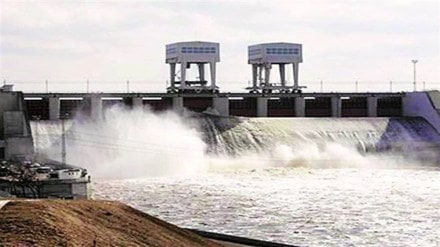By Manish Gupta
Credit ratings agency Crisil on Wednesday said that the recent guidelines by the power ministry will kickstart about 5 GW of capacity addition in pumped hydro energy storage (PHES) projects over the next five fiscals.
“The Ministry of Power (MoP) guidelines could speed up environmental clearances for off-river PHES projects as these are being offered under a separate window,” Crisil Ratings Director Ankit Hakhu said.
The guidelines provide for land at concessional rates on annual lease rental basis. They also enable utilisation of exhausted mines for PHES projects and provide a relaxation of one year for projects where construction is delayed due to pending forest and environmental clearance.
“This should help mitigate implementation challenges and increase the pool of available sites at attractive cost,” Haku said.
Of the about 5 GW of PHES capacity likely to be commissioned over the next five fiscals, 2.8 GW is under construction and the rest may come up at potential sites, cumulating to 29.9 GW marked by the Ministry of New and Renewable Energy.
Further, Crisil Ratings said that the rising share of renewable energy produced during non-peak hours is making investments in storage infrastructure an imperative.
Energy storage systems (ESS) address this issue by charging when electricity is generated and discharging into the grid as and when required. There are two ESS options – PHES and battery energy storage system (BESS).
The MoP guidelines focus on PHES projects given their advantages over BESS, such as long project life of about 50 years without significant maintenance costs, low residual waste generation and long storage duration without much discharging.
To improve viability, the guidelines provide for budgetary support (capped at `1.5 crore per MW for projects up to 200 MW and `1 crore per MW for projects above 200 MW) for setting up enabling infrastructure such as road connectivity and transmission lines to project site.
The guidelines pave way for PHES projects to increase revenue streams by offering ancillary services such as reactive support and peak hour shaving, which have the potential to bump up cash flow by about 5% annually.
“If the measures are implemented well, PHES projects with ability to store electricity (and discharge later) for over 6 hours could provide power at a levelised tariff of `6-7 per unit — including budgetary benefit of about `0.3 per unit — depending on location (as this has a bearing on project cost),” said Crisil Ratings associate director Varun Marwaha.
Currently, PHES operational capacity is about 5 GW and these are largely set up by central and state governments and their entities. They have a mixture of both standalone reservoirs and linkage to dams. PHES projects can be set up at `7-8 crore per MW.
